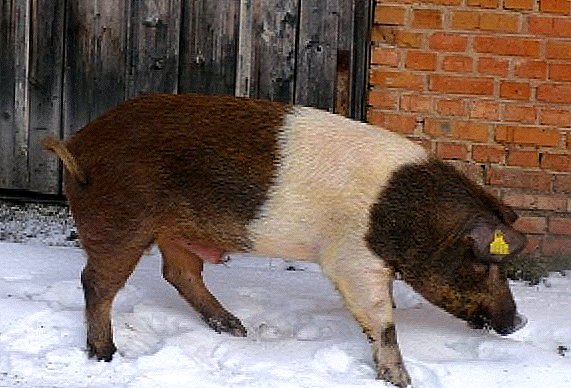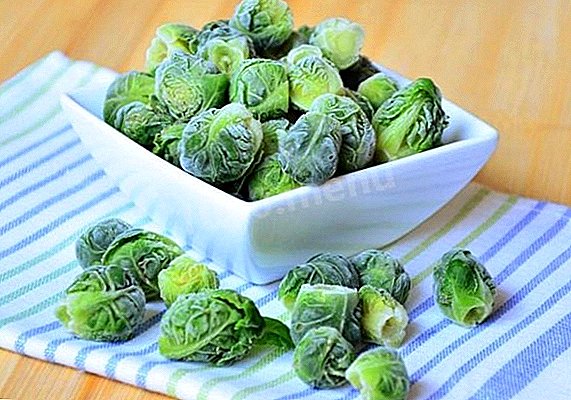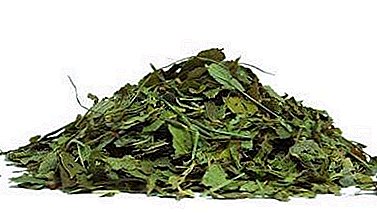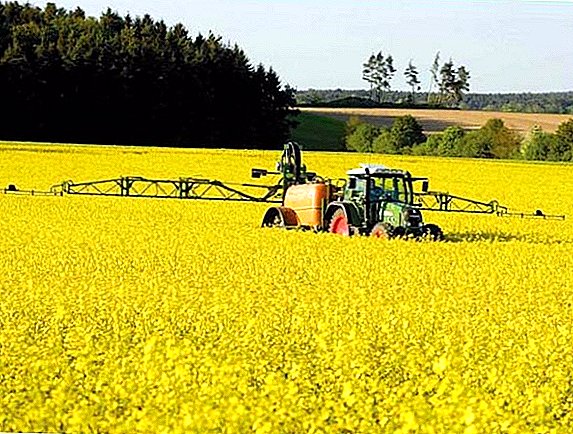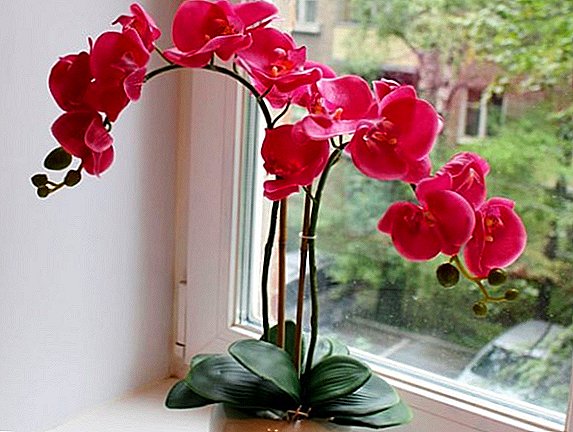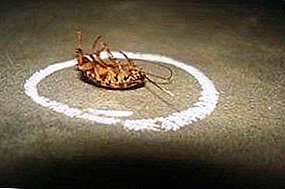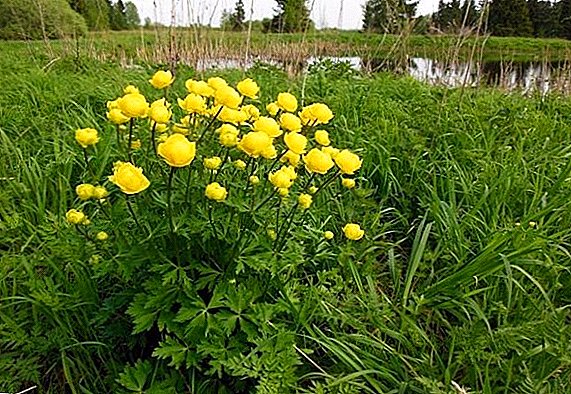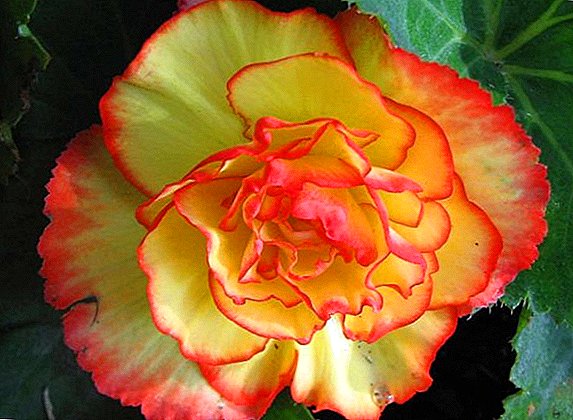
Sansevieria (other names - Sanseviera, Teschin language, pike tail) - a popular houseplant grown for decorative purposes.
The popularity of the flower is due to its simplicity - care for sansevieria requires the most minimumIt is very easy to multiply. Therefore, it is from this plant that beginners can begin their floriculture experiments.
How to grow?
Growing pike tail does not require any special knowledge and skills. Plant is pretty easy endures adverse conditions, rather quickly adapts to them:
- bravely tolerates meager and irregular watering;
- maintains temperature drops;
- does not die in dim light.
The only thing - bad conditions can affect the state leaves Sansevieria: they will remain dark green, but the drawing can dull considerably.
 The main concern for the cultivation of this flower falls on the period after reproduction. At first, young plants should be grown in pots of small size - this will help them to settle down better, gain strength and begin to grow.
The main concern for the cultivation of this flower falls on the period after reproduction. At first, young plants should be grown in pots of small size - this will help them to settle down better, gain strength and begin to grow.
A transplant of sansevieria is carried out once every 2-3 years, when the pot is already too small for a strong and overgrown flower.
Teschin language does not require frequent watering - they should be moderate and be performed only when the surface of the earth in the pot becomes completely dry. Do not allow excess moisture - the flower will react to this by dropping the leaves (which will turn yellow before).
Watering pike tail in the cold season is recommended only once a month. Water should not be allowed to fall into the center of the flower (in the rosette of leaves) - this can lead to rotting.
Observing these simple conditions, you can easily grow this plant with a beautiful name at home. But reproduction of the flower of sensvieri is a separate question, in which there are some subtleties.
A photo





Breeding
How to multiply Teschin language at home? There are two main ways:
- leaf reproduction;
- division of rhizome.
Leaf
How does the tongue's tongue reproduce in a leaf? It is not difficult, however, this method has a small minus concerning varieties with variegated leaves. Young plants obtained from the leaves will lose their pattern and will no longer be like the maternal individual.
 For the cultivation of new plants are used fully mature and developed leaves. The leaf is cut (perpendicular to the veins) into several parts from 7 to 15 cm long. It is very important to remember where the top and where the lower side of the leaves is: if you put the leaf in the ground with the top side, it will take root can not.
For the cultivation of new plants are used fully mature and developed leaves. The leaf is cut (perpendicular to the veins) into several parts from 7 to 15 cm long. It is very important to remember where the top and where the lower side of the leaves is: if you put the leaf in the ground with the top side, it will take root can not.
Planted cuttings in the prepared soil is not immediately. Sometimes individual pieces need to be allowed to dry. It takes about 2-3 days. And only then can they be planted for rooting.
As the soil is better to use wet sand - This will help reduce the likelihood of rotting cuttings. In the ground they are placed on the third and covered with a can or film.
Further landing on a permanent place is carried out only after rooting, in 1.5 - 2 months.
A photo about the breeding of Sansevieria leaf is presented below:

Vegetative method
Less labor intensive and more quick way obtaining young plants - flower reproduction by dividing rhizomes. In a vegetative way, sanceviers multiply during transplantation.
To carry out the division by this method, well-formed bushes are carefully removed from the pot and divide the rhizome into several parts.
It is important to do this in such a way that each individual part has growing point. Before planting each plant in your pot, place the cut to sprinkle with coal powder.
Even if it was not possible to plant the resulting flowers as a result of dividing into pots, they can be placed in a jar of water. There they can stand for a long period of time, and this will not affect their condition.
Important nuances
The result of the work done on breeding sancesvieri is directly dependent on compliance with all necessary conditions:
- Season. The most suitable season for obtaining new plants is the warm and sunny season - spring (April - May). Optimal temperature for the emergence of seedlings should be at 20C. Due to this temperature, during leaf reproduction, young individuals will take root within 1–1.5 months. In the spring, a transplant is carried out, during which the rhizome is divided.
- Lighting. Young plants must be kept in a well-lit, but at the same time protected from the rays of the sun, place to adapt to new conditions.
- Watering. When breeding leaves of Sansevieria, it is recommended to water through pallet, during vegetative reproduction - moderate watering (in no case can the plants be flooded, in order to avoid rotting).

Finally
Reproduction sanseviery special wisdom is no different, and the subsequent care of them does not cause much difficulty. Even the beginning flower growers can cope with all the subtleties of growing this indoor plant. And Sansevieria will definitely respond with gratitude: it will decorate a dwelling or office, and also - well to clean air.


